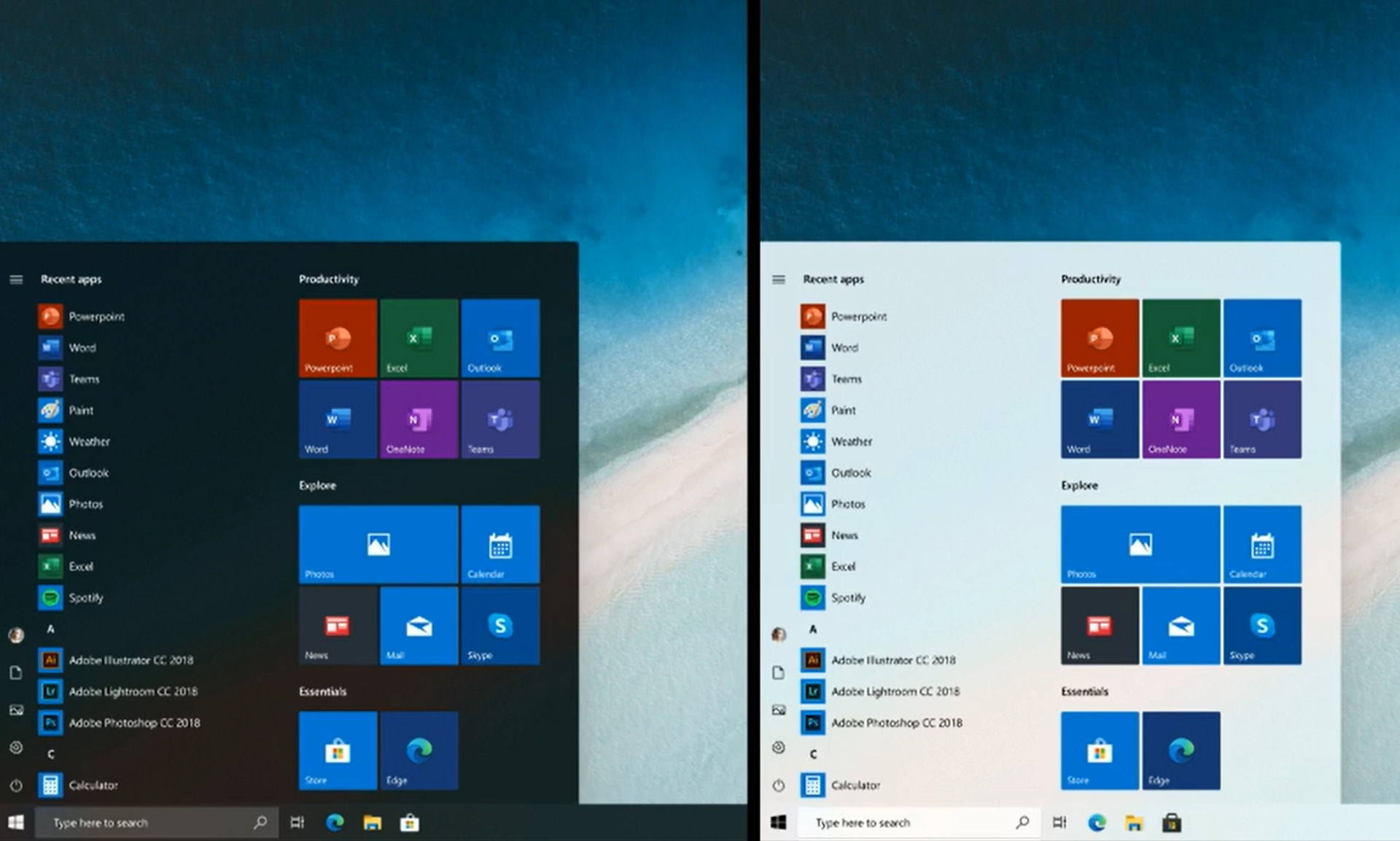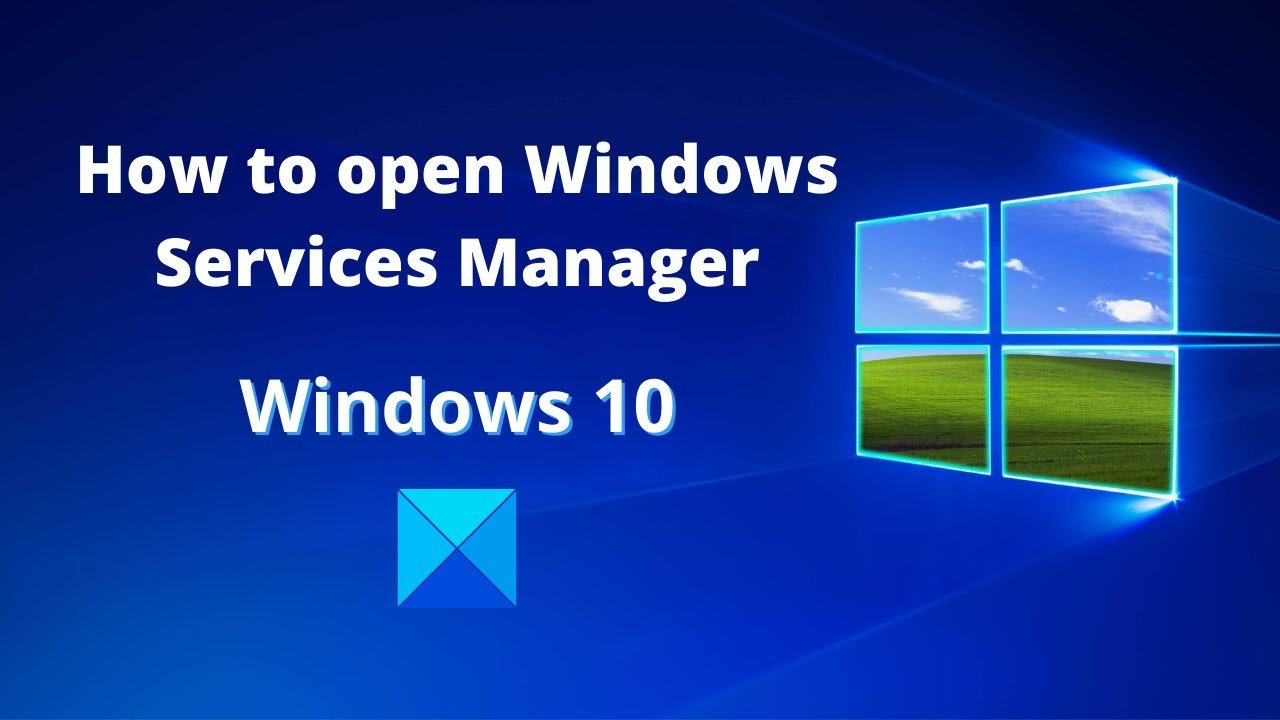


Or, to help balance things out, check out our article on how to disable startup programs in Windows 10 using task manager.ĭo you find that having your frequently used items launching at startup improves your productivity? Leave a comment below and let us know your thoughts. Windows 10 - View, Open or Close Recently Used Apps Open: From the Open apps screen, tap or click an app to start using that app. To help reduce boot time, try to keep the items you add to a minimum. Step 2: In the Registry Editor, navigate to the following key: HKEYCLASSESROOT\\shellex\ContextMenuHandlers Step 3: Expand ContextMenuHandlers by double-clicking on it. While setting this up will slow down the boot time (results will vary based on the apps), it’s a nice break from the tedious process of launching a bunch of the same apps or files individually every morning. This can be done by typing Regedit in the Start menu or taskbar search box and then. The JDK includes tools for developing and testing programs written in the Java programming language and running on the Java platform. Then under the Shortcut tab, change the Run drop-down to Maximized. Right-click the shortcut and select Properties. You can even set items to launch minimized or full-screen, too. For example, if you need to work on an Office document every day, right-click the file, drag it over to the Startup folder and select Create shortcut here.Īfter you’ve added the items you need, closeout of the Startup folder, and the next time you power on your PC, you’ll see those apps and files launch automatically. Create and distribute the assessment URL through the web, email, OneNote, or any other method. For more info about these methods, see Set up Take a Test on multiple PCs.
OPEN WITH WINDOWS 10 UPDATE
It’s also worth mentioning that you can also add shortcuts to files, folders, and websites, too. Beginning with Windows 10 Creators Update (version 1703), you can also configure Take a Test using these options: Set up School PCs app. If you have an app that isn’t in the Windows 10 Apps folder for some reason, you need to drag its shortcut into the Startup folder.

Now you need to drag and drop the shortcuts off the desktop or UWP apps you want to launch when Windows 10 starts. Go back to the Run dialog, and this time type: shell:appsfolder and click OK.Īt this point, you should have both the Applications and Startup folders open. To open the Startup folder, hit the keyboard shortcut Windows Key + R to bring up the Run dialog and type: shell:startup and click OK or hit Enter.


 0 kommentar(er)
0 kommentar(er)
